As the night approached, Wayneson Tay strapped on his bag filled with essentials. A hefty Nikon, macro lens, speedlight, diffuser, remote trigger, a high-powered flashlight and snacks accompanied him on his search for reptiles and amphibians.
A gentle breeze whistled through the trees and the swaying leaves left a trail of tiny water droplets on Tay’s dri-fit shirt.
A trip into the forest after sunset while rain starts to brew could mean trouble for the average person. But for Tay, the rain was a gift.
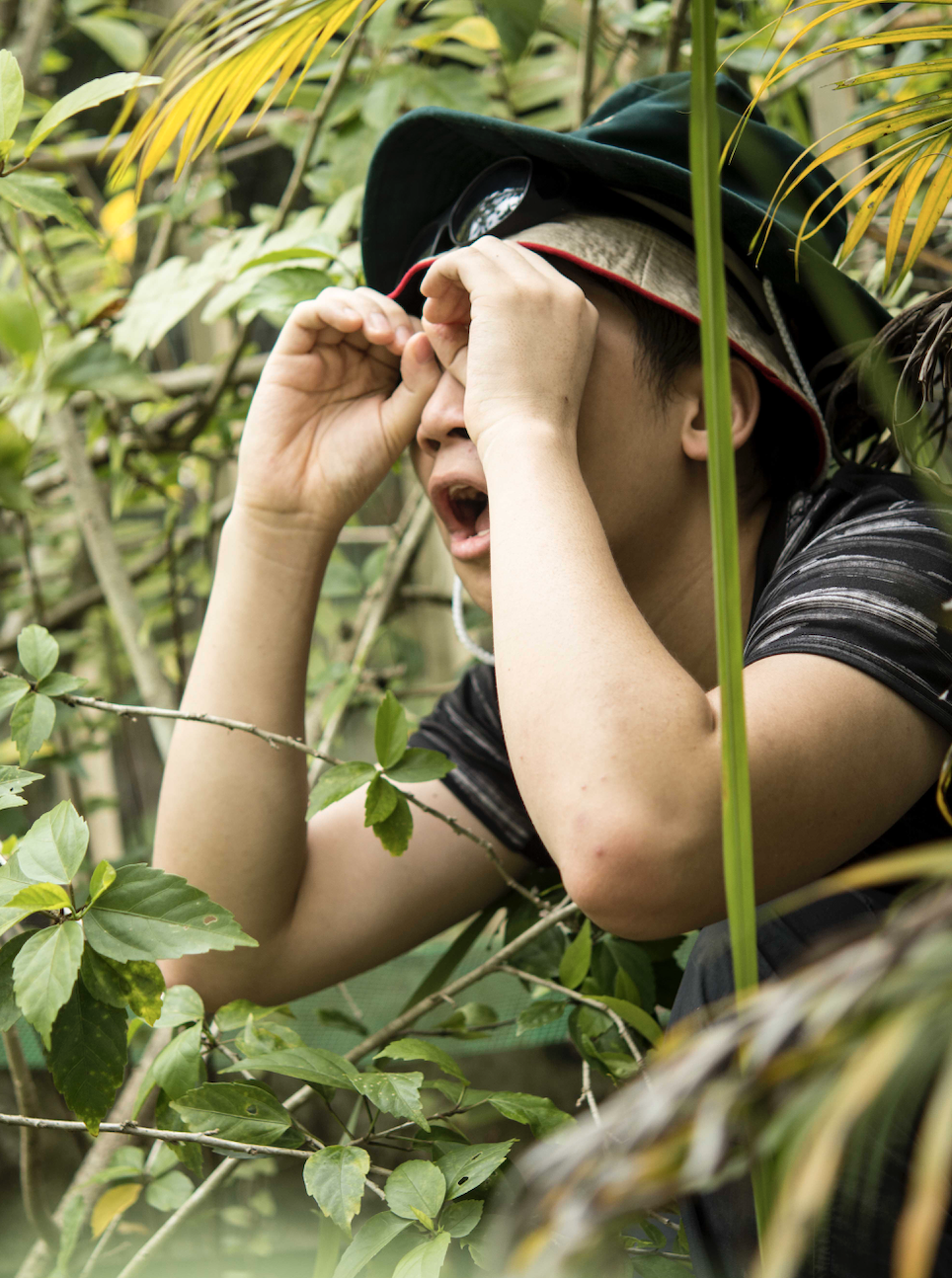
“That’s when the animals tend to come out,” he said as his experienced eyes scanned the leaves and branches of a nearby tree.
Tay’s uncommon hobby is known as herping. The name is derived from the field of herpetology, the study of reptiles and amphibians.
Despite Malaysia being home to 567 species of reptiles, 242 species of amphibians and ranked among the top 12 most megadiverse countries for animals in the world, herping isn’t an activity known to most of the country’s 32 million residents.
Out of fear of the unfamiliar, the initial reaction to most snake sightings is to kill. Herpers worry that without a shift in mindset, any human-snake conflict could result in a dead snake.
“I’d want to get people to appreciate them in the wild, rather than fearing them or selling them,” Tay said.
Putting his flashlight to his dominant eye, Tay looked for eyeshine, a reflective glow of an animal’s eye when a beam of light hits the inner surface behind the retina. The technique is especially useful when looking for animals hidden in the blackness of night.
After four hours of walking along a less-travelled road in the suburbs of Kuala Lumpur and sighting half a dozen painted bronzeback tree snakes (Dendrelaphis pictus), several yellow-bellied water snakes (Hypsiscopus plumbea) and some odd toads, frogs and even sleeping birds, Tay decided to call it a night.
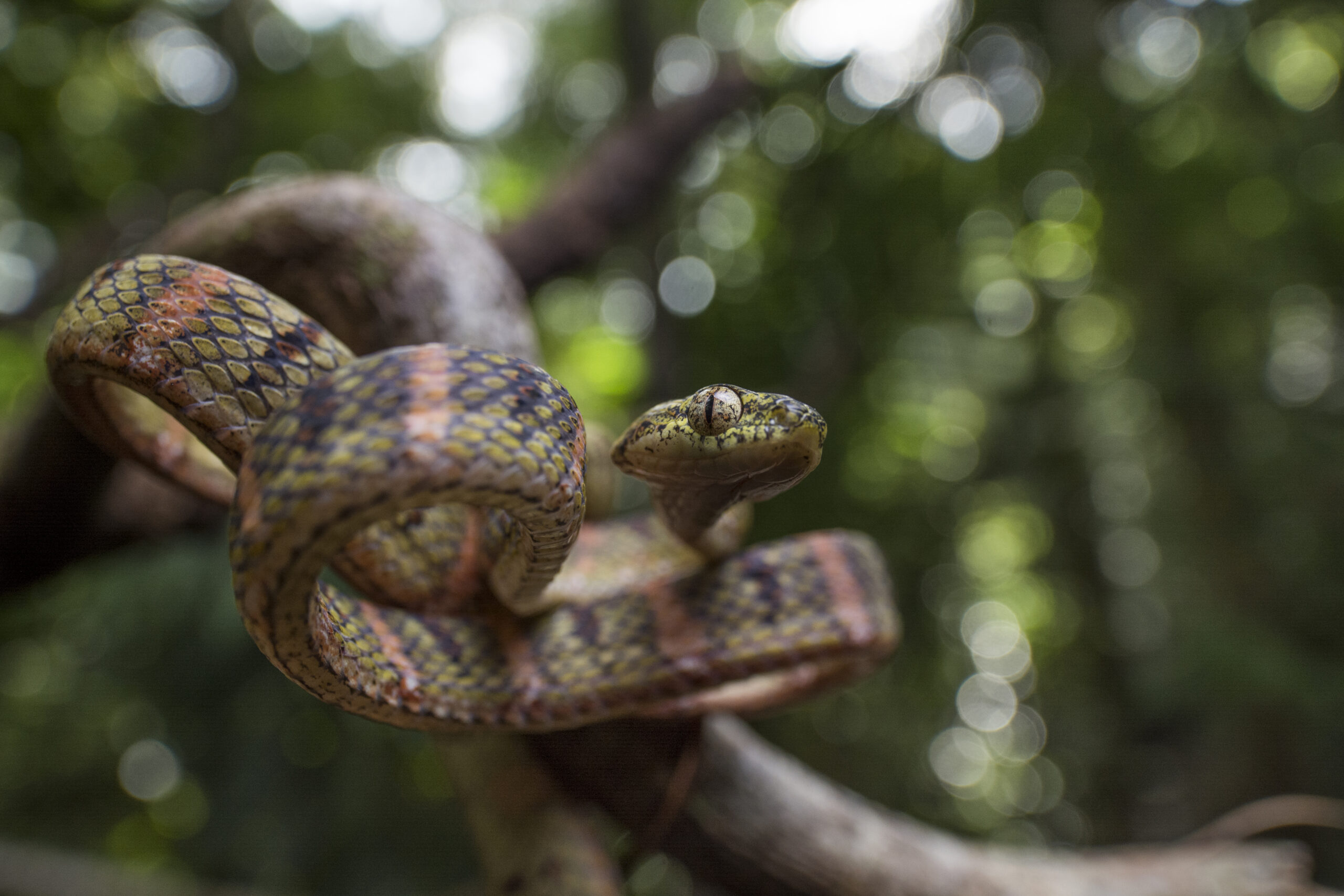
Reptiles and amphibians have had a poor public reputation for centuries. But Tay’s photos of the misunderstood habitants of Malaysian rainforests can inspire awe of their beauty to even those most averse to the slithering and crawling creatures. Each shot is framed with careful consideration of the animal’s position, lighting, composition and natural habitat.
Tay stumbled into herping at the age of 15 after tagging along on a walk hosted by Malaysian Nature Society, one of the most established environmental nonprofit organisations in the country. The 18-year-old has since explored his way from small community excursions to larger expeditions, continually adding new species to his photography collection. He shares his love for the critters through social media and sells small merchandise to his supporters.
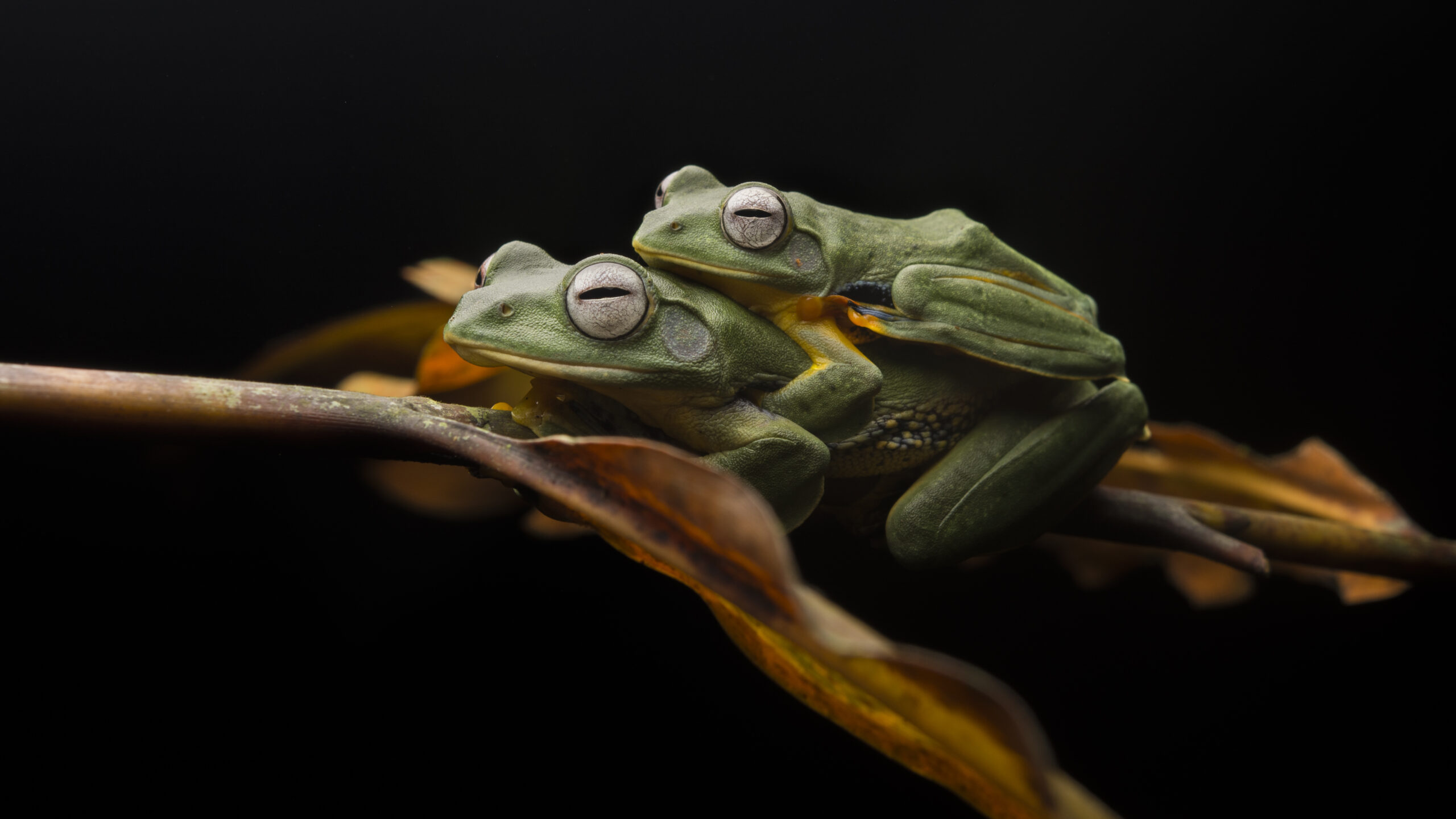
Hiking in blinding rain and a covering of fog thick enough to prevent Tay from seeing further than two metres ahead, he stopped at a body of stagnant water. To his surprise, reflected in his flashlight beam was a pair of Borneo flying frogs (Rhacophorus borneensis) in amplexus, the mating posture in which the male embraces the female from the back, hugging her behind the arms.
“I was ecstatic, my hands were trembling as I reached for the camera shutter,” Tay said of his fondest memory searching for the elusive and small, green-bodied frog endemic to Malaysia’s Borneo. Tay captured the image in October 2019 in the centre of Malaysia’s biodiversity hotspot, Sarawak’s tropical rainforest.
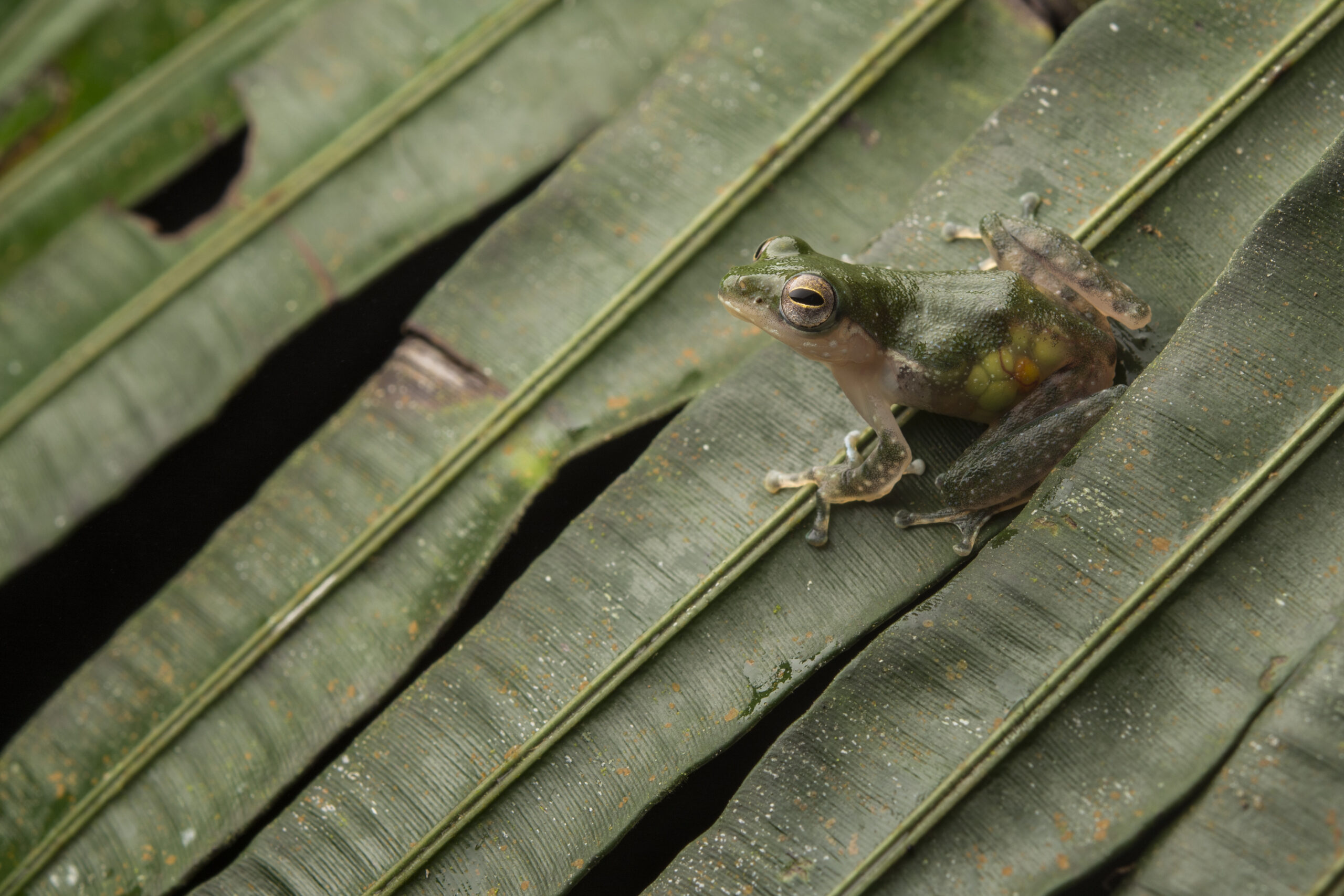
A day after a heavy downpour among some ferns, Tay spotted one of his favourite frog species: the White-eared tree frog (Feihyla kajau). His camera captured a closeup of a pregnant female carrying a small clutch of eggs.
The bright green frog with a translucent lower body and white spots speckled throughout its frame is one of the smallest frogs in tropical Borneo, comparable to a grape. Causing as little stress as possible to the animal, Tay fixed his camera on the animal and snapped away.
Herping has enjoyed a growing interest with the help of social media. “I know some people my age who have started to take an interest in [herping], but most people are very casual about it,” Tay said.
“I’ve got people I call ‘corruptibles,’” he explained. “These are the nature enthusiasts who have a mild interest in snakes, frogs and herping – take them out on a couple of trips and they’re corrupted.”
Sharing the joy of herping isn’t always so simple.
“[Taking people to herp] is a little tricky as well because poachers do exist,” Tay said, explaining that sharing the location of an uncommon species can draw the illegal hunters. “They go out to catch and sell them.”
The severity of snakes and frogs being poached for the exotic pet trade is vague and not largely documented, but any rare species with striking aesthetics will sit high on the wishlist of an exotic pet collector.
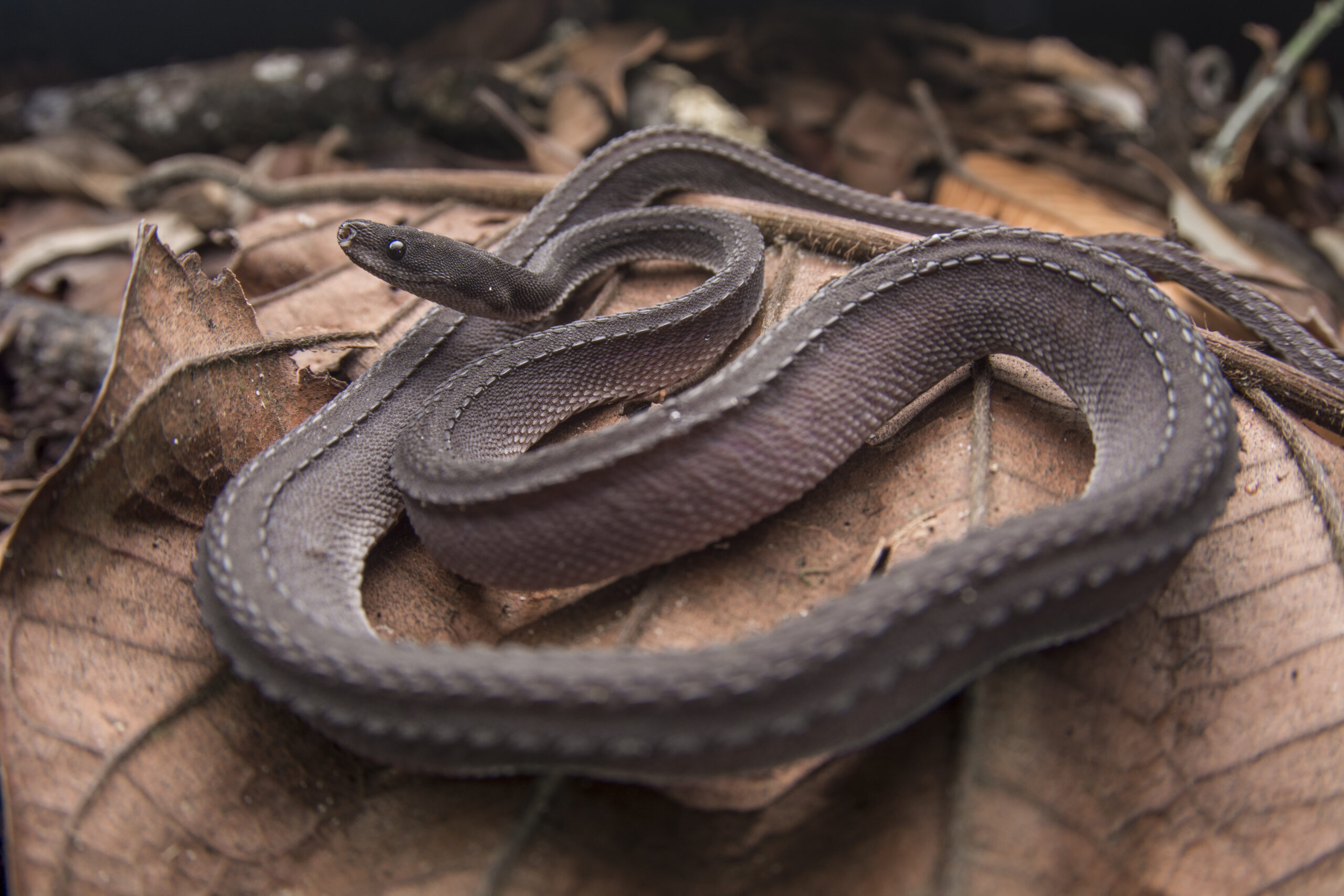
The unique physical characteristics of some species catch the eyes of poachers. The dragon snake (Xenodermus javanicus) is a distinctive serpent with three ridges running down its back, resembling a mythical dragon.
The combination of a prehistoric appearance and harmless nature makes the dragon snake the perfect specimen for poachers to nab for the exotic pet trade. The snake native to Malaysia, Thailand, Indonesia and Myanmar costs $300 on average at online pet stores in the US.
Though not all rare species are threatened or facing extinction, no herper would want to contribute to poaching by disclosing an animal’s location.
“It’s definitely one of the reasons that I’m a little more secretive,” Tay said, sitting on a bench at a neighborhood hiking spot overlooking the city’s nightscape. “I don’t like to bring too many people out.”
Avid herpers like Teo Eng Wah agree. “Once [the location] is out there, it’s no longer a secret,” he said. “Poaching is rampant in Malaysia.”
Teo recalled participants in a guided night walk revealing the location of pit vipers they encountered. The next week, a photo of the snakes in a plastic bag circulated online.
“It really hits me that although we are sharing this hobby with others, if we are not careful with the information we share it might backfire onto our entire herping community and also the wildlife that we are trying to protect,” Teo said.
Herping etiquette and ethics guide the community.
“Do not remove them from their habitat. If you remove them from their habitat to take photographs, make sure you put them back,” Teo said with a stern expression. “To do otherwise would be considered poaching.”
Other rules include not touching any animals that cannot be correctly identified, with Teo suggesting research to learn which animals pose harm to humans. The inexperienced also should do trail reconnaissance during the day or take guidance from someone with more knowledge.
“Anyone can take up herping but not everyone can be a herper,” Teo said. “To be a herper, you need to be committed.”
With limited conservation efforts focused on reptiles and amphibians, herpers share a mission to protect wildlife and change hostile narratives about these misunderstood creatures.
Tay’s future is at a crossroads as he enters adulthood, but he asserted herping will remain one of the pillars of his life.
“As long as I’m physically capable of doing so, [herping] very well would be,” he said, brimming with passion and excitement for his future explorations. “I’m just glad I found out about herping sooner rather than later.”
Photos: Courtesy of Wayneson Tay


